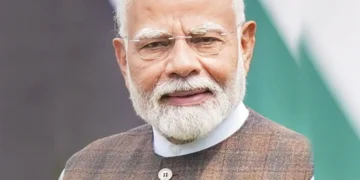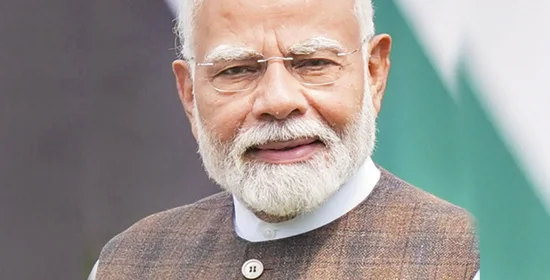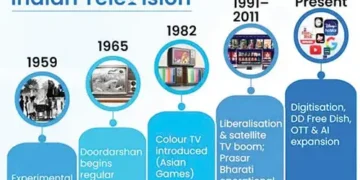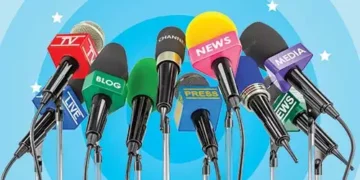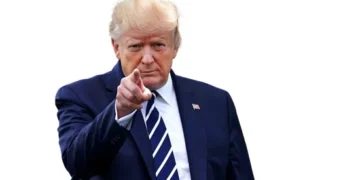Blitz Bureau
NEW DELHI: PRIME Minister Narendra Modi’s reciprocation of US President Donald Trump’s comments on their friendship and the special relations between the two nations is a welcome indication that the focus remains on the substance of their strategic partnership. Trump is highly unpredictable but there is a need to filter out the noise, which has a lot to do with his frustrations in not hammering out a trade deal with India on his terms. India’s top leadership, however, has responded with admirable restraint to Trump’s provocative statements.
Special relations that have been assiduously built over the last 25 years have strong bipartisan support in the US. Trump is backtracking from his remarks that India and Russia have been “lost to deepest, darkest China” after PM Modi’s visit to the Shanghai Cooperation Organisation’s (SCO) Summit. Contrary to Trump’s fears, India’s bonhomie with China is hardly signs of an embrace of the dragon but an exercise of its strategic autonomy. India’s efforts to repair ties with China is part of its larger drive to rearrange its great power relations, including with the US, that have been under severe stress, in a multi-polar world.
As the world is fragmenting along geopolitical lines, broadly into US-centric and Sinocentric blocs, New Delhi hopes to engage with both Washington and Beijing. The challenges are similar as both are great powers who use coercive economic measures to impose their will on relatively weaker economies.
Trump has slapped secondary sanctions of 25 per cent – besides the 25 pc reciprocal tariffs – on Indian goods for importing Russian oil. These will adversely impact our labour-intensive exports to the US worth almost $50 billion. China, too, has blocked shipments of rare earths, fertilisers, and tunnel boring equipment to India although there are signs that restrictions are easing. Commerce and Industry Minister Piyush Goyal has stated that negotiations are underway with the US to arrive at an equitable, balanced, and fair agreement.
India is in no mood to succumb to American pressure to ease up on its red lines to allow greater market access for US farm and dairy produce or stop buying Russian oil. Similarly, it is engaging with China for greater market access for its goods to reduce its massive trade deficit of $99.2 billion.
Trump’s reaffirmation of special relations with India must be taken forward regardless of whether or not he gets a trade deal on his terms. A comprehensive strategic partnership is much broader than doubling bilateral trade to $500 billion as there are interdependencies between the world’s largest and oldest democracies, especially the growing corporate and political profile of the 5.4 million-strong Indian diaspora, which is the wealthiest ethnic community in the US.
When Modi last visited Washington, both leaders launched a new initiative US-India COMPACT (Catalysing Opportunities for Military Partnership, Accelerated Commerce and Technology) to drive transformative change across key pillars of cooperation. They also announced the start of US-India TRUST (Transforming the Relationship Utilising Strategic Technology) to catalyse collaboration in various critical and emerging technologies like artificial intelligence, quantum computing, semiconductors, telecom, and space.
There is much that the US as a tech superpower can do to facilitate India’s transition to a developed nation by 2047. Both nations must engage more closely to make their comprehensive strategic partnership the defining relationship of the 21st century
